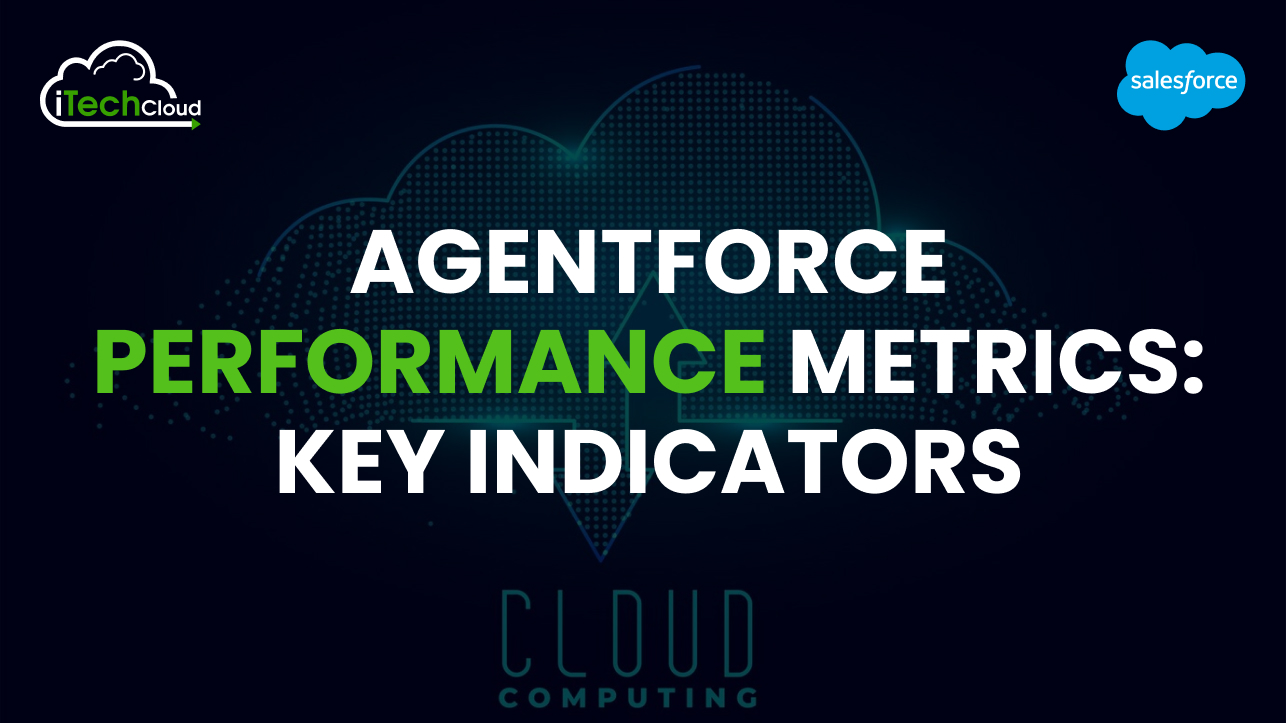In the dynamic world of sales and customer relationship management, monitoring performance metrics is essential for success. Agentforce, a leading salesforce automation platform, offers a range of performance indicators to help businesses measure productivity, efficiency, and overall effectiveness. These key indicators provide insights that drive strategic decisions, ensuring that sales teams perform at their best.
1. Productivity Metrics
a. Lead Response Time
One of the most crucial indicators of sales efficiency is lead response time, which measures how quickly agents respond to new leads. Faster response times improve conversion rates and customer satisfaction. A delay in response can lead to lost opportunities, as potential customers may seek services elsewhere.
b. Calls and Meetings per Agent
Tracking the number of calls and meetings per agent provides an understanding of how active and engaged the sales team is. High-performing agents maintain a steady flow of interactions, increasing their chances of closing deals.
c. Task Completion Rate
The task completion rate measures the efficiency with which agents complete assigned tasks, such as follow-ups, emails, and contract submissions. A high completion rate indicates strong organizational skills and commitment to goals.
2. Customer Engagement Metrics
a. Customer Interaction Rate
The customer interaction rate evaluates the number of touchpoints a sales representative has with a prospect or client. Frequent interactions indicate proactive engagement, which helps build trust and nurture relationships.
b. Customer Satisfaction Score (CSAT)
CSAT is a direct measure of customer happiness. Surveys and feedback forms help gauge customer satisfaction levels, highlighting areas for improvement.
c. Net Promoter Score (NPS)
NPS measures customer loyalty by asking how likely they are to recommend the service to others. A high NPS indicates strong customer relationships and a positive brand reputation.
3. Conversion Metrics
a. Lead-to-Customer Conversion Rate
This metric calculates the percentage of leads that turn into paying customers. A high conversion rate indicates effective lead nurturing and sales strategies.
b. Sales Cycle Length
Sales cycle length refers to the average time it takes to close a deal. A shorter cycle signifies efficient sales processes, while a longer cycle may indicate the need for improvements in customer engagement.
c. Win Rate
Win rate measures the percentage of deals won compared to the total number of opportunities. It reflects the effectiveness of sales strategies and overall team performance.
4. Operational Efficiency Metrics
a. Revenue per Sales Representative
Revenue per sales representative indicates the financial contribution of each agent. It helps in evaluating individual performance and optimizing team structure.
b. Pipeline Velocity
Pipeline velocity assesses how quickly leads move through the sales funnel. A faster velocity suggests efficient lead qualification and nurturing.
c. Customer Retention Rate
A high customer retention rate means that existing clients continue using the services, reducing churn and ensuring long-term business growth.
Conclusion
By leveraging these key performance metrics, businesses can optimize their sales processes, enhance customer engagement, and drive revenue growth. Agentforce provides comprehensive insights to help sales teams achieve their goals efficiently and maintain a competitive edge in the market.


